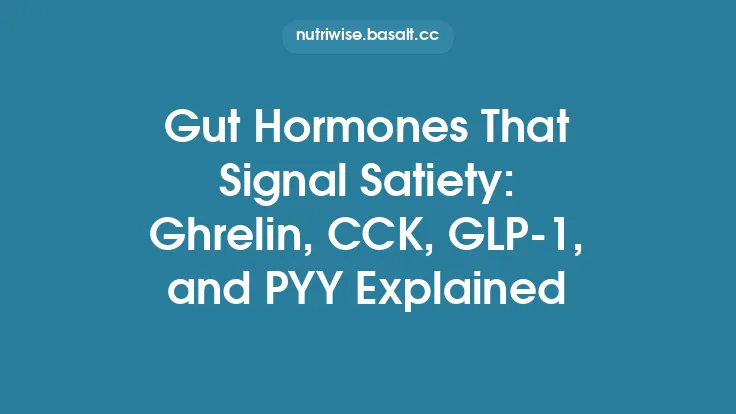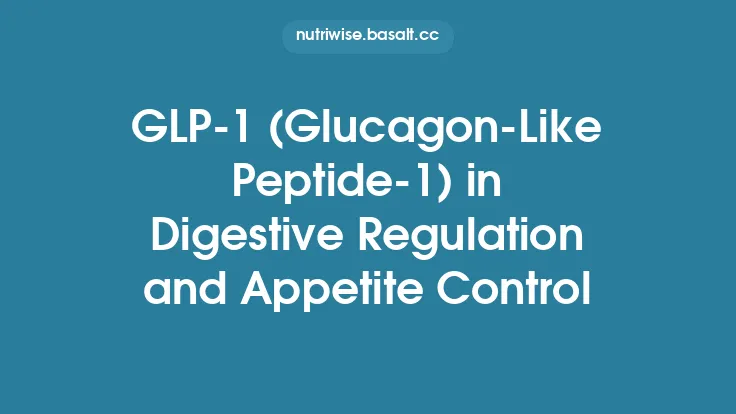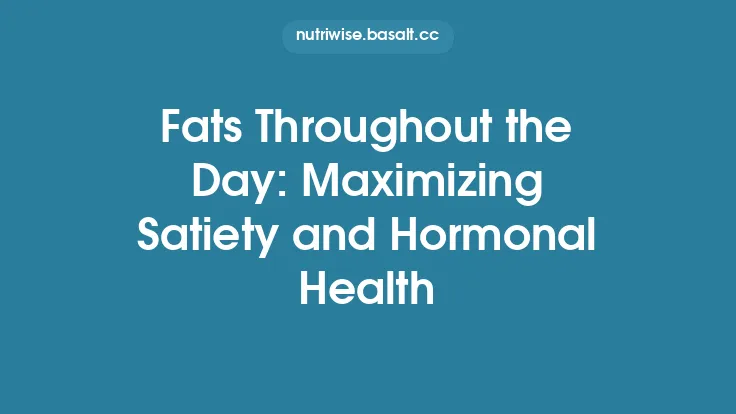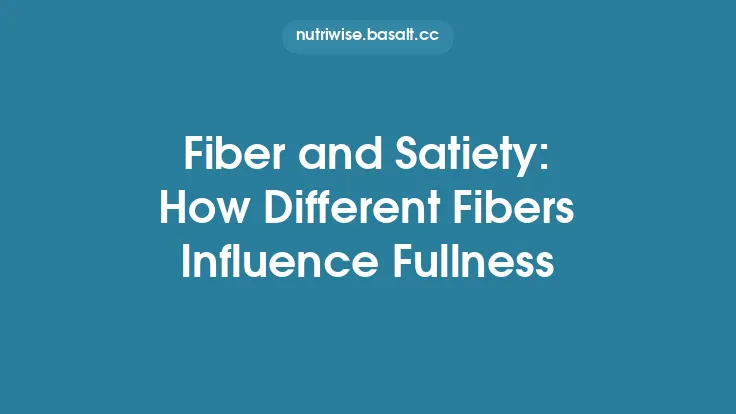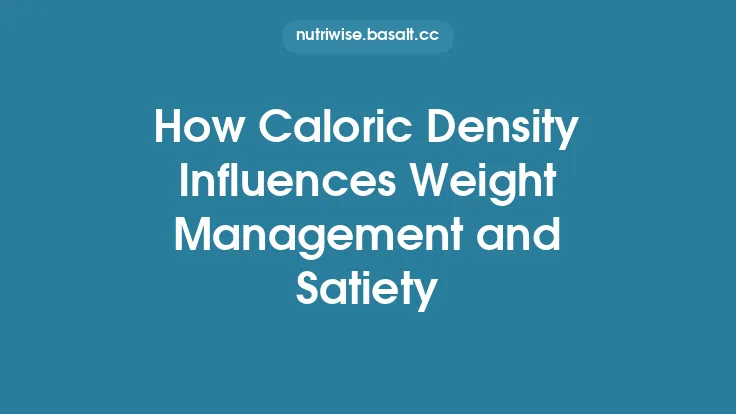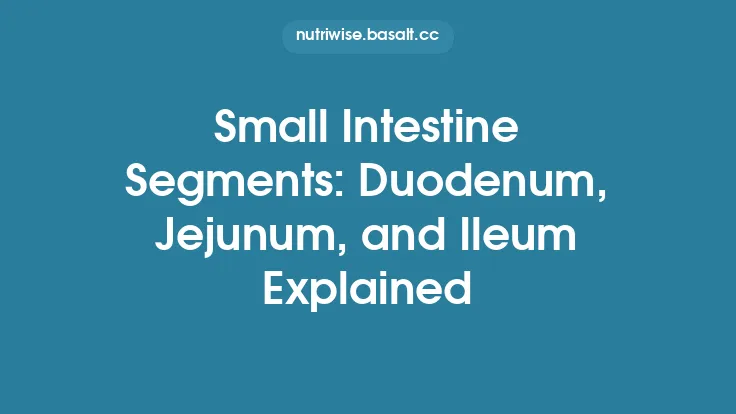Cholecystokinin (CCK) is a peptide hormone produced by the enteroendocrine I‑cells of the proximal small intestine. It is released in response to the presence of dietary fats and proteins, and it plays a pivotal role in coordinating the digestive response. By stimulating gallbladder contraction, pancreatic enzyme secretion, and modulating satiety signals, CCK serves as a key integrator of nutrient detection and downstream physiological actions. This article explores the molecular underpinnings of CCK synthesis, its receptor pharmacology, the mechanisms by which it drives gallbladder motility, and the pathways through which it contributes to the feeling of fullness after a meal.
Biosynthesis, Storage, and Stimuli for Release
Pre‑pro‑CCK and Processing
- The CCK gene encodes a 115‑amino‑acid pre‑pro‑peptide.
- Signal peptide removal yields pro‑CCK, which undergoes tissue‑specific proteolytic cleavage by prohormone convertases (PC1/3 and PC2) to generate multiple bioactive isoforms (CCK‑8, CCK‑33, CCK‑58, etc.).
- The most studied form, CCK‑8, retains full biological activity and is the predominant circulating peptide after a mixed meal.
Granular Storage
- Processed CCK is packaged into dense‑core secretory granules within I‑cells.
- Granules are positioned near the basolateral membrane, facilitating rapid release into the lamina propria and subsequent entry into the portal circulation.
Nutrient‑Driven Triggers
- Lipids: Long‑chain fatty acids (LCFAs) and monoglycerides activate G‑protein‑coupled receptors (GPR40, GPR120) on I‑cells, raising intracellular Ca²⁺ and cAMP.
- Proteins/Peptides: Amino acids and small peptides stimulate the calcium‑sensing receptor (CaSR) and the peptide transporter PEPT1, both of which augment CCK secretion.
- Neural Input: Vagal afferents release acetylcholine (ACh) onto I‑cells, potentiating secretion via muscarinic receptors.
- Hormonal Crosstalk: While the focus here is on CCK, it is worth noting that other gut hormones (e.g., secretin) can modulate CCK release indirectly; however, the primary driver remains luminal nutrient detection.
Receptor Subtypes and Intracellular Signaling
CCK₁ (CCK‑A) Receptor
- Predominantly expressed on gallbladder smooth muscle, vagal afferent fibers, and certain brain nuclei (e.g., nucleus tractus solitarius).
- Coupled to Gq/11 proteins, leading to phospholipase C (PLC) activation, inositol‑1,4,5‑trisphosphate (IP₃) generation, and intracellular Ca²⁺ release.
- The rise in Ca²⁺ triggers smooth‑muscle contraction in the gallbladder and enhances neurotransmitter release from vagal afferents.
CCK₂ (CCK‑B) Receptor
- Found mainly in the central nervous system and gastric mucosa.
- Couples to both Gq and Gs pathways, allowing for cAMP elevation in addition to Ca²⁺ signaling.
- Though its role in gallbladder motility is minor, CCK₂ contributes to central satiety circuits.
Signal Amplification and Desensitization
- β‑arrestin recruitment leads to receptor internalization, providing a feedback mechanism that limits overstimulation.
- Phosphorylation of the receptor by protein kinase C (PKC) can modulate downstream efficacy, a factor considered in the design of CCK analogs for therapeutic use.
Gallbladder Physiology and CCK‑Mediated Contraction
Anatomical Overview
- The gallbladder stores bile produced by hepatocytes, concentrating it via active Na⁺/H⁺ exchange and water reabsorption.
- Upon ingestion of a fatty meal, bile salts are required in the duodenum to emulsify lipids, a process that is tightly timed with pancreatic lipase activity.
Mechanistic Steps of CCK‑Induced Contraction
- Hormone Release: CCK enters the portal circulation and reaches the gallbladder via the hepatic artery and cystic vein.
- Receptor Activation: CCK binds CCK₁ receptors on the smooth‑muscle cells of the gallbladder wall.
- G‑Protein Coupling: Gq/11 activation stimulates PLCβ, hydrolyzing phosphatidylinositol‑4,5‑bisphosphate (PIP₂) into IP₃ and diacylglycerol (DAG).
- Calcium Mobilization: IP₃ binds its receptors on the sarcoplasmic reticulum, releasing Ca²⁺ into the cytosol.
- Contractile Machinery: Elevated Ca²⁺ binds calmodulin, activating myosin light‑chain kinase (MLCK), which phosphorylates myosin light chains, enabling actin‑myosin cross‑bridge cycling and muscle contraction.
- Synergistic Modulation: DAG activates PKC, which phosphorylates additional proteins that enhance contractility and reduce the threshold for Ca²⁺‑induced contraction.
Coordination with Sphincter of Oddi
- CCK simultaneously relaxes the sphincter of Oddi via nitric oxide (NO) release from enteric neurons, ensuring a low‑pressure pathway for bile flow into the duodenum.
- This coordinated relaxation–contraction sequence maximizes bile delivery precisely when lipid digestion is most active.
Quantitative Aspects
- In healthy adults, a post‑prandial CCK peak (≈10–30 pmol/L) can increase gallbladder emptying rates from ~5 %/h (fasting) to >30 %/h.
- Imaging studies (e.g., ultrasonography) demonstrate a 30–50 % reduction in gallbladder volume within 30 minutes after a high‑fat meal, directly correlating with circulating CCK levels.
Satiety Signaling: From Gut to Brain
Peripheral Pathways
- Vagal Afferent Activation: CCK binds CCK₁ receptors on vagal afferent terminals in the duodenal wall. The resulting depolarization increases firing rates to the nucleus tractus solitarius (NTS) in the brainstem.
- Neurotransmitter Release: ACh and glutamate released from vagal afferents stimulate second‑order NTS neurons, which project to hypothalamic nuclei (e.g., arcuate nucleus) involved in appetite regulation.
Central Integration
- NTS–Hypothalamic Circuitry: The NTS sends excitatory projections to pro‑opiomelanocortin (POMC) neurons, promoting anorexigenic signaling, while inhibiting neuropeptide Y/agouti‑related peptide (NPY/AgRP) neurons that drive hunger.
- Mesolimbic Modulation: CCK‑induced activation of the NTS also influences dopaminergic pathways in the ventral tegmental area (VTA), attenuating reward‑driven feeding.
Temporal Dynamics
- Satiety effects of CCK appear within 15–30 minutes after a meal, preceding the later, longer‑lasting satiety signals mediated by hormones such as peptide YY (PYY) and glucagon‑like peptide‑1 (GLP‑1).
- The rapid onset is consistent with the fast vagal transmission speed (≈0.5 m/s) and the high sensitivity of CCK₁ receptors (Kd ≈ 1–5 nM).
Dose‑Response Relationship
- Low‑dose CCK infusions (≈0.5 µg/kg) modestly reduce subsequent food intake (~5 % reduction), whereas higher doses (≈2 µg/kg) can suppress intake by 15–20 % in controlled feeding studies.
- The satiety effect plateaus beyond a certain concentration, reflecting receptor saturation and desensitization mechanisms.
Clinical Relevance and Therapeutic Implications
Gallstone Disease
- Chronic hypersecretion of CCK or heightened gallbladder sensitivity can lead to excessive bile ejection, promoting cholesterol supersaturation and gallstone formation.
- Conversely, impaired CCK release (e.g., after bariatric surgery) may reduce gallbladder emptying, increasing stasis and stone risk.
Obesity and Appetite Control
- Pharmacologic CCK analogs (e.g., CCK‑8 sulfated) have been investigated as appetite suppressants. Early trials showed modest weight loss but were limited by tachyphylaxis and nausea.
- Recent efforts focus on biased agonists that preferentially activate satiety pathways (vagal afferents) while minimizing gallbladder contraction, aiming to reduce adverse gastrointestinal side effects.
Post‑Surgical Management
- After cholecystectomy, patients lose the reservoir function of the gallbladder, leading to continuous bile flow into the duodenum. Understanding CCK’s role helps tailor dietary recommendations (e.g., moderate fat intake) to avoid bile‑acid–related diarrhea.
Diagnostic Use
- CCK stimulation tests (intravenous CCK infusion) are employed to assess pancreatic exocrine function, but the same protocol also provides indirect information on gallbladder contractility and vagal integrity.
Emerging Research Directions
Molecular Imaging of CCK Receptors
- Positron emission tomography (PET) ligands targeting CCK₁ receptors are under development, enabling in vivo mapping of receptor density in the gallbladder and brain.
Gut Microbiota Interactions
- Short‑chain fatty acids (SCFAs) produced by microbial fermentation can modulate CCK release via GPR41/43, suggesting a link between diet‑induced microbiome changes and satiety signaling.
Genetic Variability
- Polymorphisms in the CCK gene promoter (e.g., –33C>T) influence basal secretion levels and have been associated with differences in dietary fat preference and susceptibility to gallstone disease.
Biased Signaling Strategies
- Designing CCK analogs that favor Gq over β‑arrestin pathways may prolong satiety signaling while reducing receptor desensitization, a promising avenue for anti‑obesity therapeutics.
Summary
Cholecystokinin stands at the crossroads of digestive physiology and energy balance. Its synthesis in response to luminal fats and proteins, precise receptor‑mediated signaling, and rapid action on both the gallbladder and vagal afferents enable a coordinated response that optimizes lipid digestion and curtails further food intake. Understanding the nuances of CCK’s mechanisms—ranging from intracellular calcium dynamics in smooth muscle to central neural circuits governing satiety—provides valuable insight for clinicians managing gallbladder disorders, researchers developing appetite‑modulating drugs, and nutritionists tailoring dietary strategies. As investigative tools evolve, the continued elucidation of CCK’s pathways promises to refine therapeutic approaches for metabolic and biliary diseases alike.
